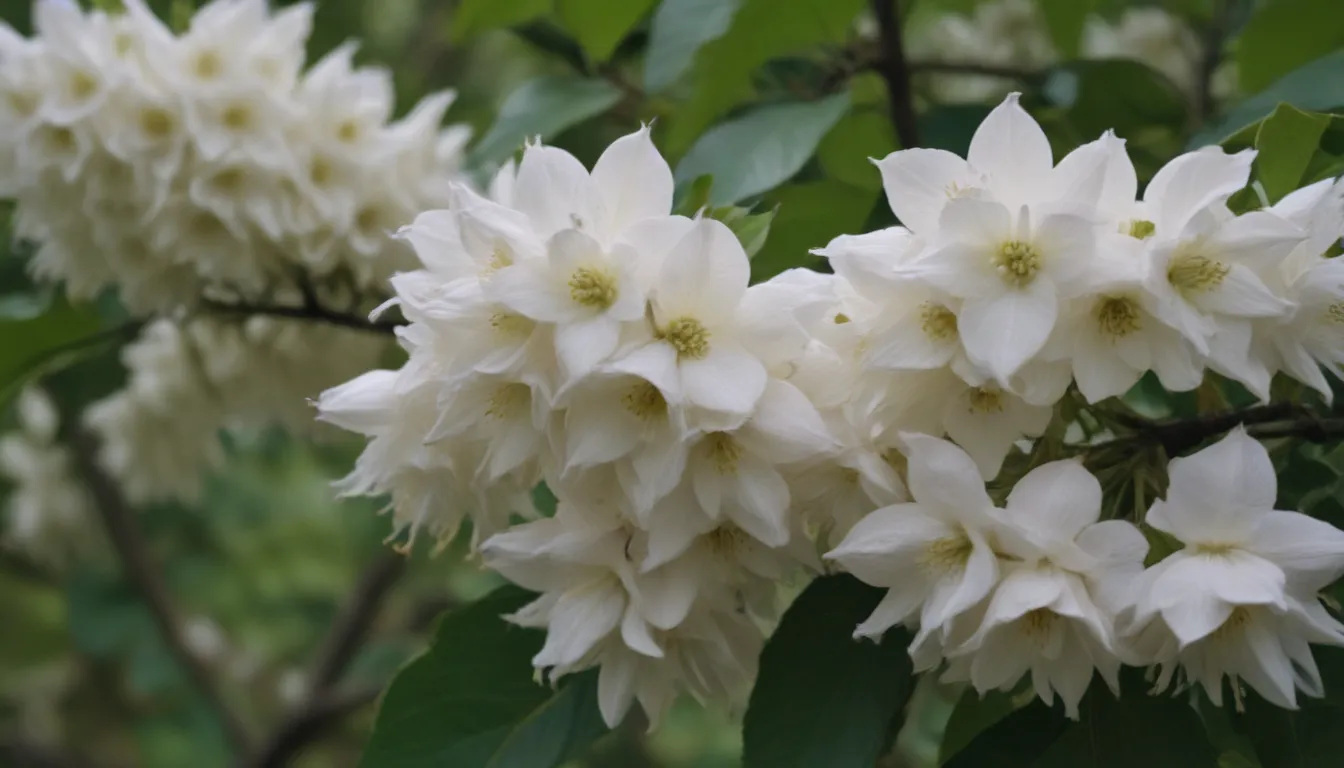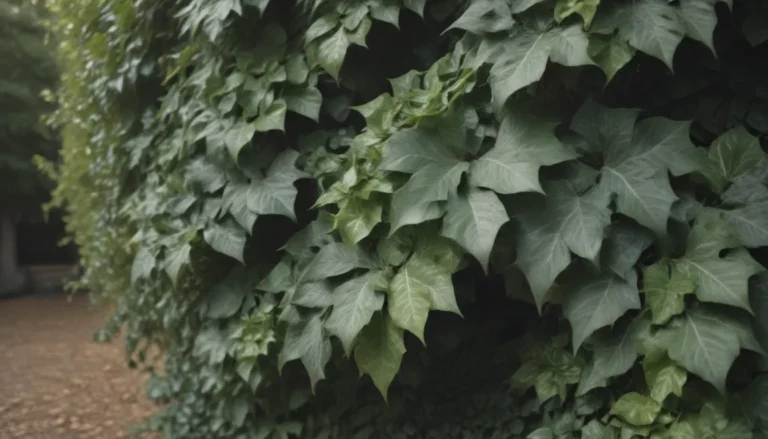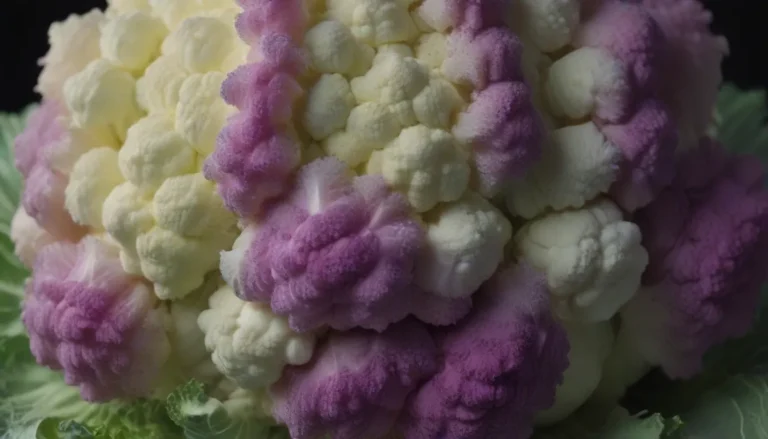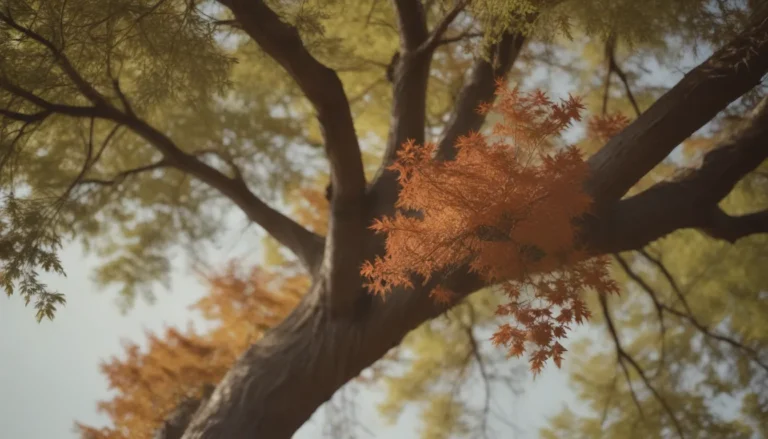How to Grow and Care For Japanese Snowbell (Styrax japonicus)

Are you looking to add a touch of elegance and beauty to your landscape? Look no further than the Japanese snowbell tree (Styrax japonicus). This little-known gem is not only showy and resistant to pests and disease, but it also blooms with clusters of fragrant, bell-shaped white or pink blossoms in May and June. With glossy dark green foliage and long-lasting fruits in autumn, this tree is sure to add interest to your outdoor space year-round.
In this comprehensive guide, we’ll explore everything you need to know about caring for Japanese snowbell trees, from planting to pruning and everything in between. Whether you’re an experienced gardener or a novice looking to add a unique tree to your landscape, this article will provide valuable information to help you succeed.
Japanese Snowbell Care
Once you have planted your Japanese snowbell tree and it is established, it requires little maintenance other than occasional pruning to shape and size the tree. These trees typically develop a vase-like form in their early growth stages, eventually maturing into a more rounded crown. With proper care, this tree will thrive in your garden for years to come.
Light
Plant your Japanese snowbell tree in a location where it will receive at least six hours of bright, direct sunlight each day. In hotter climates, provide two hours of afternoon shade to protect the foliage from sunburn. Insufficient light can cause leaves to yellow and drop, so be sure to choose a sunny spot for your tree.
Soil
Japanese snowbell trees are tolerant of various soil types, including clay and sand. However, they prefer humus-rich loam that drains well. Aim for a slightly acidic soil pH between 5.5 and 6.5 for optimal growth.
Water
While Japanese snowbell trees have moderate moisture needs, they do not tolerate drought conditions well. Water newly planted saplings weekly during their first year to keep the soil consistently damp but not soggy. Once established, water as needed, especially during the summer months. Mulch around the base of the tree to retain soil moisture and suppress weed growth.
Temperature and Humidity
Japanese snowbell trees thrive in USDA zones 5 through 8, with some varieties tolerating temperatures up to 95°F. In colder climates, mulch around the base of the tree to protect the roots from frost damage. While humidity levels are generally not a concern, extended periods of hot, moist air can lead to fungal issues.
Fertilizer
Fertilizing Japanese snowbell trees is optional, especially if they are grown in nutrient-rich soil. If you choose to fertilize, use a balanced, water-soluble formula in early spring before new growth begins. For more blooms, opt for a product slightly higher in phosphorus.
Types of Japanese Snowbell
There are several varieties of Japanese snowbell trees to choose from, each with its unique characteristics. Some popular cultivars include:
- **S. japonicus ‘Carillon’
- **S. japonicus ‘Crystal’
- **S. japonicus ‘Emerald Pagoda’
- **S. japonicus ‘Evening Light’
- **S. japonicus ‘Pink Chimes”
Pruning
Japanese snowbell trees grow slowly, so pruning requirements are minimal. Prune in late winter or early spring before buds appear to shape the tree and remove any dead or diseased branches. Regular pruning every three years will help maintain the desired shape and size of the tree.
Propagating Japanese Snowbell
While new cultivars of Japanese snowbell trees are becoming available, it is not legal to propagate trademarked varieties. Instead, purchase nursery-grown seedlings for your garden. Propagation with softwood cuttings may be possible, although success can be limited due to slow development.
Potting and Repotting
Dwarf varieties of Japanese snowbell trees are well-suited for growing in containers. When potting or repotting, choose a container with ample drainage holes and fill it with well-draining potting soil. Repot every three years or when the roots begin to outgrow the pot.
Overwintering
In colder climates, protect the roots of your Japanese snowbell tree with a thick layer of mulch. If you have potted trees, move them to a sheltered location and insulate the pots to prevent frost damage.
Common Pests and Plant Diseases
Japanese snowbell trees are relatively pest and disease-resistant. Keep an eye out for ambrosia beetles, which may be attracted to stressed plants. Maintain healthy growth to prevent infestations, and remove pests promptly if they appear.
How to Get Japanese Snowbell to Bloom
Japanese snowbell trees bloom in late spring to early summer, with flowers appearing between May and June. These lightly fragrant, bell-shaped blossoms are a sight to behold and attract bees and other pollinators to your garden.
To encourage more blooms, use a high-phosphorus fertilizer in early spring. With proper care, your Japanese snowbell tree will reward you with a profusion of beautiful flowers each year.
Common Problems with Japanese Snowbell
While Japanese snowbell trees are generally easy to care for, there are some common issues to watch out for:
- Yellowing Leaves: Foliage may turn yellow due to alkaline soil, high temperatures, or dry conditions. Check the soil pH, water regularly, and apply mulch to retain soil moisture.
- Lack of Blooms: If your tree is not flowering, it may be due to over-fertilization. Avoid using nitrogen-heavy fertilizers, as they can promote leaf growth at the expense of flowers.
In conclusion, Japanese snowbell trees are a beautiful addition to any landscape, offering year-round interest with their elegant blooms and glossy foliage. With proper care and maintenance, these trees will thrive in your garden for years to come. Whether you’re a seasoned gardener or a beginner, adding a Japanese snowbell tree to your outdoor space is sure to bring joy and beauty.




